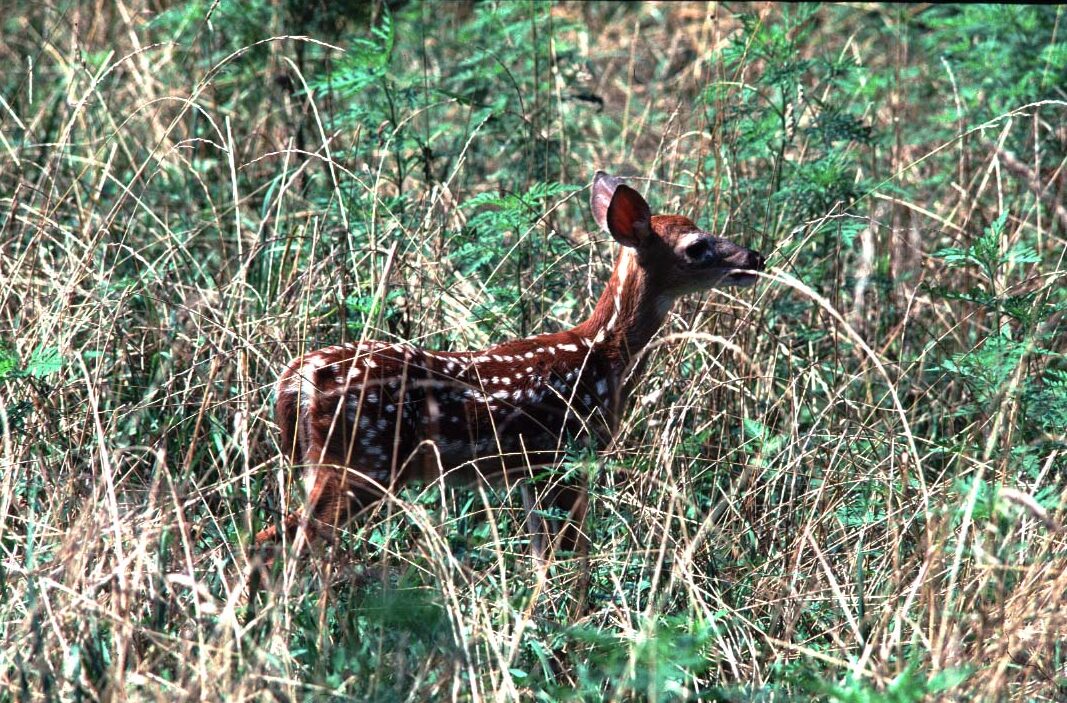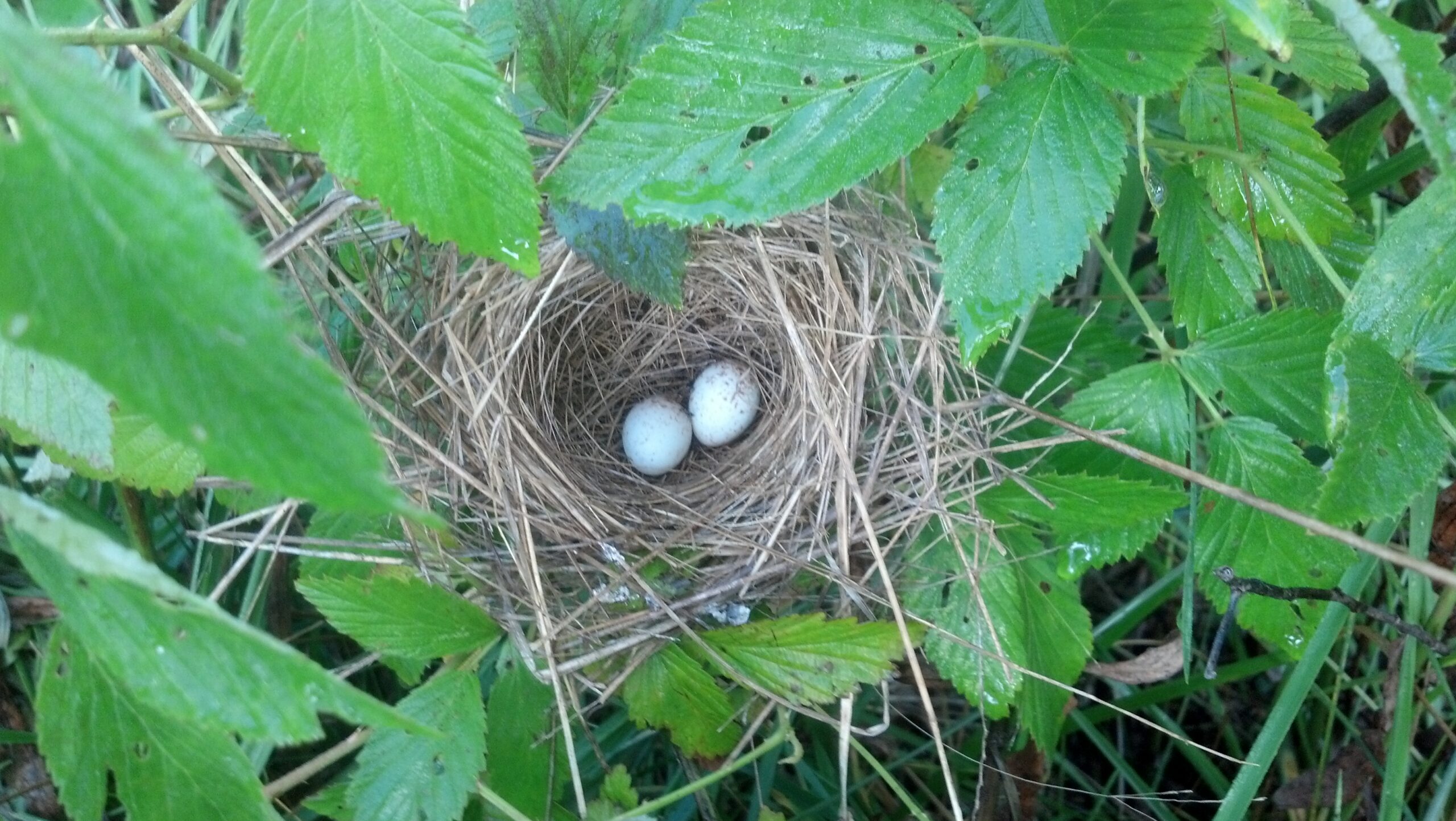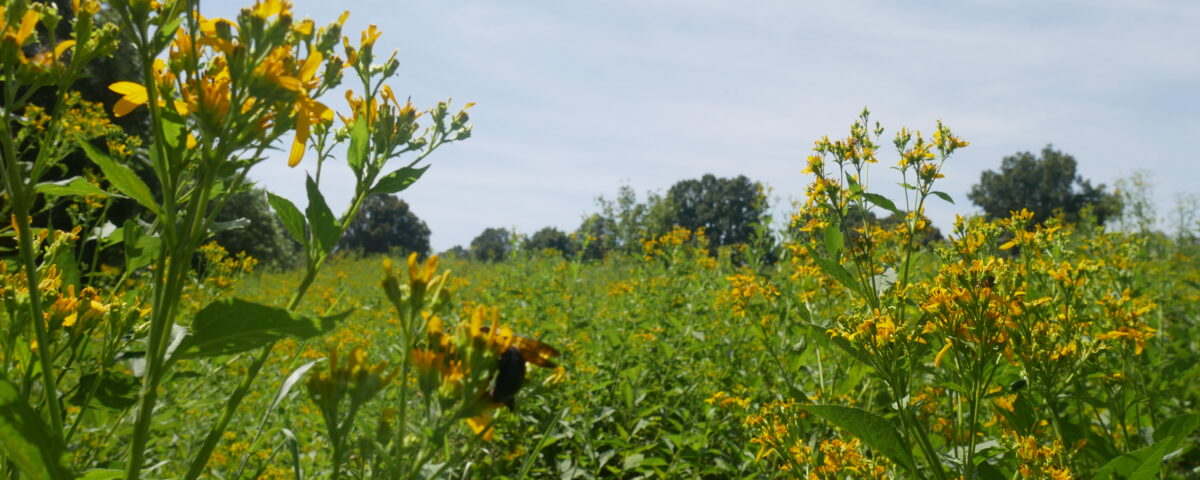
Why is Farmland Conservation Important in the Carolina Piedmont?
July 1, 2024
Hear From our Levine Scholar!
July 8, 2024WHAT IS FOREST MANAGEMENT?
Forest management is improving the health of a forest by using tools such as prescribed fire, planting trees, controlling invasive species, and sustainably harvesting timber. The goal of good forest management is to ensure timbering is done sustainably while continuing to provide habitat for wildlife, recreational areas, and protect our air and water. With increasing development and habitat fragmentation, our forests are no longer able to function naturally. Therefore, it is necessary to utilize effective forest management tools like sustainable timbering and prescribed fire to maintain the health of our forests and suitable wildlife habitat.
WHAT IS SUSTAINABLE TIMBERING?
It is important to remember that sustainable timbering is not deforestation. Sustainable timbering involves strategically and intentionally harvesting trees for their commercial value while also ensuring the regrowth of the harvested area and long-term well-being of the forest. Instead of clearing large areas, foresters select certain trees to harvest, leaving others to grow. Sustainable tree harvesting minimizes the environmental damage and includes plans to replant the harvested area, unlike deforestation.

Whitetail deer fawn standing in meadow
HOW CAN TIMBERING BENEFIT WILDLIFE?
Tree harvesting can have multiple benefits to wildlife including creating habitat and increasing food availability. Cutting down canopy trees, the taller trees in a forest that cover smaller trees and plants, increases sunlight at the forest floor and encourages more ground vegetation to grow. This vegetation is especially beneficial to wildlife that browse this new tender growth, supports more flowers, and fruits. White-tailed deer and other browsing species eat this new tender vegetation. Many native ground-nesting bird species like the American Woodcock, Wild Turkey, Eastern Meadowlark, and Northern Bobwhite find shelter and insects to eat in these now open spaces.
Without strategic tree harvesting, sunlight cannot penetrate therefore ground vegetation dies, causing a serious decline in wildlife habitat quality.
Not only does sustainable timbering increase the variety of plants and animals in a forest by enhancing habitat variety and expanding food availability but also by protecting the physical environment. Most notably, sustainable harvesting practices aid in controlling sedimentation and soil erosion. By leaving tree roots intact and minimizing damage to remaining trees and vegetation, sustainable harvesting practices help stabilize the soil, preventing erosion and reducing the risk of flooding in the harvest and surrounding areas. Additionally, the careful removal of trees can decrease the risk of disease and pests in a forest.
It may be surprising to learn that one of the best ways to protect wildlife and forests is by harvesting timber. When done correctly and sustainably, tree harvesting can create vital grassland habitat where animals and plants can flourish. Timbering also allows landowners to reinvest profits back into their properties, ensuring the health of these lands for generations to come.
To learn more about why creating grassland habitat in the Piedmont region is so vital, read about our Catawba Grasslands Project.

Meadowlark nest with eggs
FAQs
Won’t cutting down trees harm wildlife?
Sustainable tree harvesting will create open grassy habitats that are essential to supporting several declining populations like the Northern Bobwhite, Eastern Meadowlarks, and Northern Shrikes.
How long will it take to see benefits to the ecosystem?
Within 2-3 years you can expect to see dense vegetation in the harvest area. This vegetation provides habitat and food for a variety of wildlife. New sapling growth will begin in the next 3-5 years.
What new wildlife might the harvested area support?
Sustainable timbering creates open grassy areas where ground-nesting birds, pollinating insects, deer, and other small mammals can find shelter and food.
How will this impact me?
Timbering can temporarily affect the appearance and noise levels in the surrounding area. You may notice some noise and unsightly scenes near the harvesting operations. While the initial impact may not be pleasant, the long-term benefits of the timbering will be worthwhile. If timbering is taking place near our trails, please stay on the designated paths for your safety.

